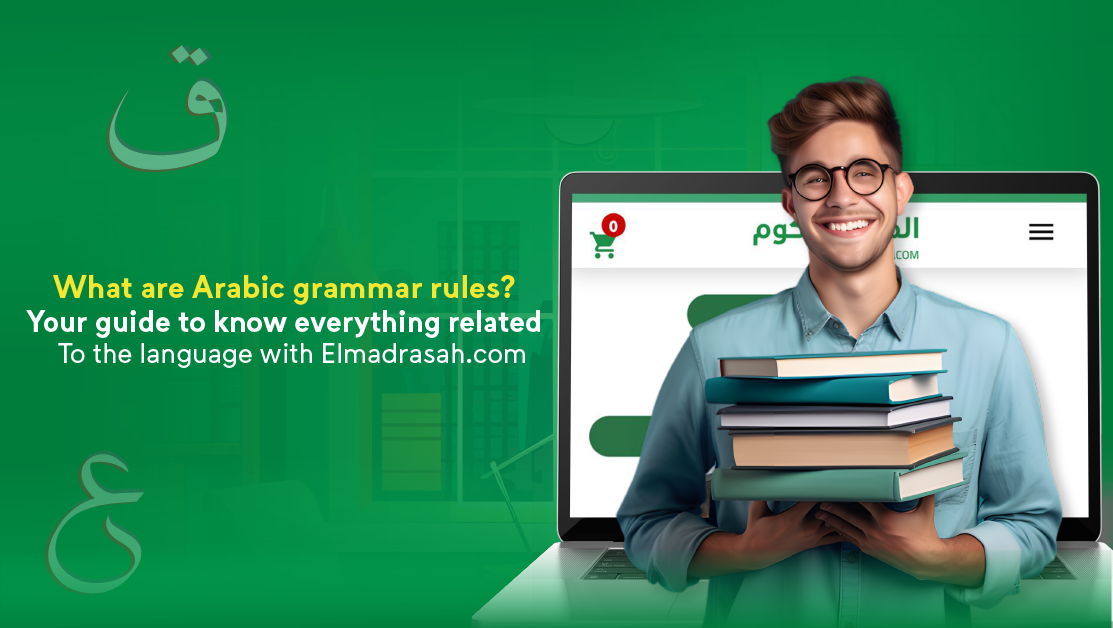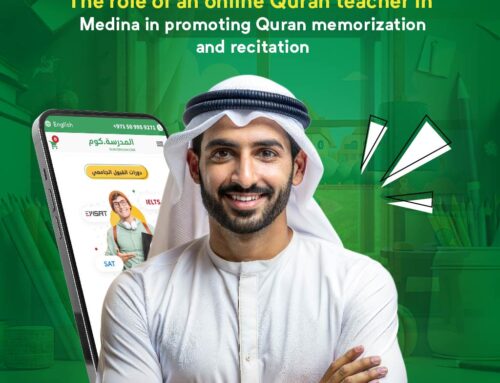
Reading difficulties, encompassing a range of conditions like dyslexia, visual impairments, and other cognitive disabilities, present significant challenges in accessing traditional educational resources. In recent years, technological advancements have revolutionized the way we approach these challenges. Among the most promising innovations are audio systems for books and smart educational applications, which have demonstrated considerable potential to support people with reading difficulties.
The Role of Audio Systems in Education
Audio systems transform written text into spoken words, in order to support people with an alternative method for consuming written material. These systems are not new; audiobooks have been a staple for decades. However, recent developments in artificial intelligence and machine learning have significantly enhanced their efficacy and accessibility.
Adjustable Narration Speed:
- Users can control the speed of narration, allowing them to slow down for better comprehension or speed up for quicker consumption.
- A user with such a reading difficulty learning a new language listens to an audiobook in that language. He slows down the narration speed to better understand pronunciation and intonation, allowing him to grasp the nuances of the language more effectively. Once he becomes more comfortable with the language, he can gradually increase the speed to improve their listening skills and comprehension.
- A student with a reading difficulty studying for an exam uses an audiobook to review his study material. When encountering complex topics or difficult sections, he slows down the narration to take detailed notes and ensure he fully understands the content. Conversely, when reviewing familiar topics, he speeds up the narration to quickly refresh his memory and save time.
Text Highlighting:
- As the audio plays, the corresponding text is highlighted, aiding in following along to improve as well as support people with reading skills problems.
- In a language learning app, a user with reading difficulty listens to dialogues or passages while simultaneously reading the text. As the audio plays, the corresponding words are highlighted in real-time. This synchronized highlighting helps him associate the spoken words with their written counterparts, improving comprehension and pronunciation, so if the user’s difficulty is dyslexia, the visual reinforcement of highlighted text can enhance his ability to follow along and understand the content.
- In an educational audiobook designed for children, the narrator reads a story while the text is displayed on a screen or in an accompanying e-book. As each word is spoken, it is highlighted, providing visual cues that support young readers as they learn to associate sounds with written words. This interactive feature helps children with difficulties in reading to develop skills by reinforcing the connection between spoken and written language, making the learning process more engaging and accessible for them.
Real-time Question and Answer:
- Systems designed specifically for difficulties in reading offer interactive Q&A sessions where listeners with such difficulties won’t suffer more, and can ask questions easily about the content and receive immediate feedback.
- In an online tutoring platform tailored for individuals with difficulties in reading, real-time Q&A sessions are seamlessly integrated into the learning experience. These sessions are designed to support people with challenges faced by those difficulties, providing a supportive environment where they can ask questions without hesitation. As the instructor presents the material, learners can submit questions through a chat feature, voice recognition software, or pre-programmed prompts. The instructor responds promptly, offering clarification, additional examples, or alternative explanations as needed. This interactive approach ensures that learners with reading difficulties can actively participate in the learning process and receive immediate feedback, fostering a deeper understanding of the content.
Customizable Voice Options:
- Users with such reading difficulties can choose from different voices and accents to suit their preferences, making the experience more personalized.
Educational Tool Integration:
- Modern audiobooks can link with educational apps and tools, to support people with reading difficulties by a cohesive learning experience with supplemental materials.
Interactive Annotations:
- Listeners can add notes or bookmarks at specific points in the audio, enhancing study and review capabilities.
Accessibility Features:
- Enhanced audio systems include features like speech-to-text for hearing-impaired users and customizable text sizes for those with visual impairments of reading difficulties.
Personalized Recommendations:
- To support people with reading difficulties, advanced audio systems use algorithms to analyze listening habits and preferences, providing personalized recommendations for new audiobooks that align with the user’s interests and learning goals.
Audiobook Experience Enhancing
Audiobooks have evolved significantly, offering a range of features that support and enhance the learning experience for people with reading problems and difficulties.
Integrated Dictionary:
- Built-in dictionary features support people with looking up definitions of words instantly, enriching vocabulary without interrupting the flow.
- In an e-reader app designed for students with difficulties in reading, built-in dictionary features enable users to look up definitions of words instantly while reading e-books. When encountering an unfamiliar word, users can simply tap on the word to access its definition without leaving the reading interface. This seamless integration allows users to enhance their vocabulary and comprehension in real-time, empowering them to engage with the text more effectively.
- In a language learning software program aimed at individuals with difficulties in reading, integrated dictionary features support learners in expanding their vocabulary and understanding of foreign languages. As users engage with language lessons, interactive exercises, and reading passages, they can hover over or click on unfamiliar words to access instant definitions and translations. By providing immediate access to word meanings within the learning environment, the software facilitates continuous learning and progress, enabling users to overcome language barriers and build confidence in their language skills.
Multilingual Support:
- Audiobooks are available in multiple languages, aiding language learners with reading difficulties in accessing diverse content.
- A language learning platform offers audiobooks in multiple languages to cater to a diverse range of language learners. Users with difficulties in reading who are studying a foreign language can access audiobooks narrated in their target language. These audiobooks cover various genres, including fiction, non-fiction, and language learning materials, providing learners with immersive and engaging content to enhance their language skills. By listening to audiobooks in different languages, learners can improve their listening comprehension, pronunciation, and vocabulary acquisition, while also enjoying culturally relevant content tailored to their interests.
- An educational podcast series provides episodes in multiple languages to support language learners with difficulties in reading. Each episode explores a specific topic, such as history, science, or literature, and is available in different languages. Language learners can choose the language version that aligns with their learning goals and proficiency level, allowing them to practice listening skills and expand their linguistic knowledge. The podcast episodes feature clear and articulate narration, along with contextual explanations and examples to aid comprehension. By accessing podcast episodes in various languages, learners with difficulties can immerse themselves in diverse linguistic environments and develop a deeper understanding of different cultures and perspectives.
Enhanced Sound Quality:
- High-quality audio production with clear, expressive narration improves the listening experience and aids comprehension to support people with reading difficulties.
Offline Access:
- Users can download audiobooks for offline listening, ensuring uninterrupted access regardless of internet availability.
Interactive Storytelling:
- Some audiobooks offer branching narratives where listeners can make choices that affect the storyline, engaging listeners with reading difficulties more deeply.
Comprehension Checks:
- Periodic quizzes or questions can be embedded within the audiobook to assess and support people with understanding and retention.
Synchronization Across Devices:
- Progress in an audiobook can be synced across multiple devices, allowing users to seamlessly switch between their phone, tablet, or computer.
Text-to-Speech Technology for Advancements and Applications
Text-to-Speech (TTS) technology has revolutionized accessibility for individuals with difficulties. By converting written text into spoken words, Text-to-Speech offers numerous benefits that enhance comprehension, engagement, and learning.
Instant Text Conversion:
- Any digital text, including books, articles, and educational material, can be instantly converted into speech, to support people with an immediate access to audio content.
- A student with a certain reading difficulty struggling from reading comprehension can copy and paste text from a PDF textbook into the software. With just a few clicks, the software converts the text into spoken words, providing the student with immediate access to audio content. This enables the student to listen to the material while following along visually, and enhance his own comprehension and retention. Additionally, the software offers customizable features such as adjustable narration speed and voice selection, allowing him to tailor the audio experience to their preferences and needs.
- Dyslexic reading difficulty individual browsing online articles can install the extension, which integrates seamlessly with their browser. When he encounters an article he wishes to read, he simply just clicks on the extension icon, and the article’s text is immediately converted into speech. This allows the individual to listen to the content while simultaneously viewing the webpage, facilitating easier comprehension and reducing his reading-related stress due to his difficulty. The extension also provides options for adjusting the speech rate and voice settings, ensuring a comfortable and personalized listening experience for the user.
Multilingual Support:
- Text-to-Speech systems support people with multiple languages, allowing users to listen to content in their preferred language or learn new languages through immersion.
Enhanced User Engagement:
- The naturalness and clarity of modern Text-to-Speech voices increase user engagement, making it easier to support people with focused and retain information.
Natural Speech Synthesis:
- Text-to-Speech technology now produces speech that closely mimics human intonation and rhythm, making it more engaging and easier to understand.
- Visually impaired individual using an e-reader can activate the device’s text-to-speech functionality to have digital books read aloud to him. The e-reader employs high-quality speech synthesis technology that closely mimics human speech patterns, including intonation and rhythm, resulting in a more immersive and enjoyable listening experience. By leveraging natural speech synthesis, e-readers enable the user with a difficulty in reading to access a wide range of literary works and educational materials in a format that suits his needs, thereby promoting inclusivity and equal access to information.
- Students suffering difficulties can engage with digital textbooks and educational materials within a learning app designed specifically for dyslexic reading problems students that incorporate advanced text-to-speech technology with natural speech synthesis, they can listen to the content being read aloud in a voice that closely resembles natural human speech. The text-to-speech engine employs sophisticated algorithms to mimic human intonation, rhythm, and pronunciation, making the audio experience more engaging and easier to understand for students with difficulties. This natural speech synthesis feature helps dyslexic students access educational content more effectively, improving comprehension and learning outcomes.
Educational Applications:
- In order to help and support people with reading difficulties, Text-to-Speech is widely used in educational settings, providing an alternative method for consuming written content.
Support for Dynamic Content:
- To read dynamic content such as emails, social media posts, and web pages, Text-to-Speech can be used, keeping users with reading difficulties informed and engaged with real-time information.
Cost-Effective Solution:
- Text-to-Speech provides a cost-effective way to convert large volumes of text into speech, making it an accessible tool to support people with reading difficulties.
Smart Educational Applications to support people with reading difficulties
Smart educational applications leverage AI and adaptive learning technologies to create personalized learning experiences. These applications are particularly beneficial for individuals with reading difficulties, as they can adapt to the user’s unique needs and preferences.
Adaptive Learning Platforms:
- These platforms assess the user’s reading level and learning style to tailor content accordingly. For example, if a student struggles with certain words or concepts, the application can provide additional support and practice in those areas. This targeted approach ensures that learners receive the help they need to progress at their own pace.
Interactive Features:
- Smart educational apps often include features like interactive quizzes, games, and activities that reinforce learning. For example, an app designed to teach history might include a game where users match historical events with their corresponding dates and places. This interactive approach can provide alternative methods of engagement and comprehension, reducing reliance on text alone. For a way to support people with difficulties, such as dyslexia, these interactive elements allow them to learn through doing rather than just reading, making the educational experience more inclusive and effective.
Multisensory Learning Approaches:
- Combining visual, auditory, and kinesthetic elements, multisensory learning approaches can significantly enhance understanding and retention of information. For example, a smart educational app for learning science might integrate an animated video explaining the water cycle. As the video plays, narrated audio describes each step, while keywords are highlighted on the screen. Additionally, users can interact with the animation by dragging and dropping labels onto the correct parts of the cycle. This integration of audio, visual aids, and hands-on interaction creates a richer, more engaging learning experience, to support people with different learning difficulties such as reading for a better understanding and retain the information.
The integration of audio systems for books and smart educational applications represents a significant advancement to support people with reading difficulties. By providing alternative methods of engagement and personalized learning experiences, these technologies can help overcome the barriers imposed by traditional reading. As we continue to innovate and improve these tools, the goal of making education accessible to all becomes increasingly attainable. Through thoughtful implementation and ongoing support, we can ensure that every individual has the opportunity to succeed, regardless of their reading abilities.















